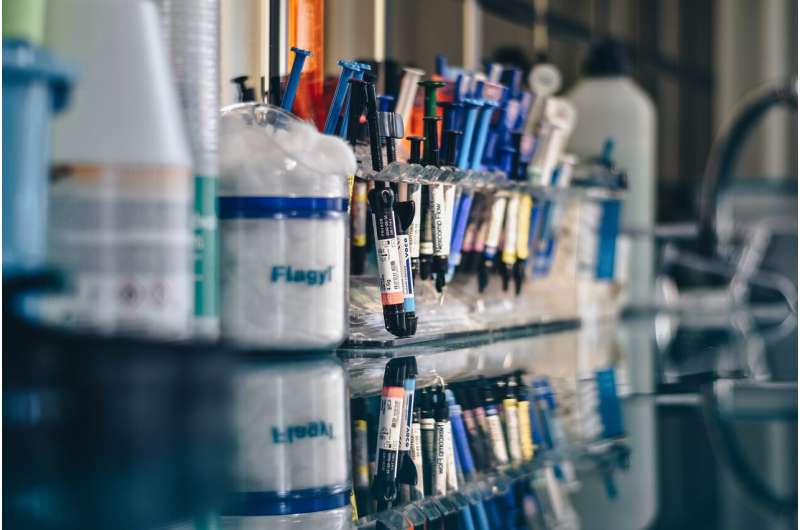Coin-sized device detects measles virus in saliva

Measles is one of the most infectious airborne viruses worldwide. An inexpensive and effective vaccine is available, but Measles is common in developing countries and sporadic outbreaks also occur in developed countries, primarily due to non-vaccinated people. New research published in Advanced Functional Materials describes a novel point-of-care biosensing device capable of detecting measles virions in human saliva, which may help with efforts to control viral spread.
Experiments validated the accuracy of the lab-on-a-chip device, which is smaller than a €1-cent coin or a U.S. quarter. The device may offer a convenient platform for measles diagnosis and serve as a guideline for designing new microfluidic biosensing systems.
"Our technology for the first time demonstrated the synergic operation of different surface-acoustic-wave-based micro devices on the same chip, in the context of lab-on-a-chip biosensing. In this way we have been able to drastically improve the detection limit of our sensors, potentially enabling early point-of-care diagnostic applications," said senior author Marco Cecchini, Ph.D., Senior Researcher of the Nanoscience Institute of the Italian National Research Council, and CTO and co-founder of Intelligent Acoustics Systems in Italy.
More information: Surface-Acoustic-Wave (SAW) Induced Mixing Enhances the Detection of Viruses: Application to Measles Sensing in Whole Human Saliva with a SAW Lab-On-a-Chip, Advanced Functional Materials (2022). DOI: 10.1002/adfm.202201958
Journal information: Advanced Functional Materials
Provided by Wiley



















